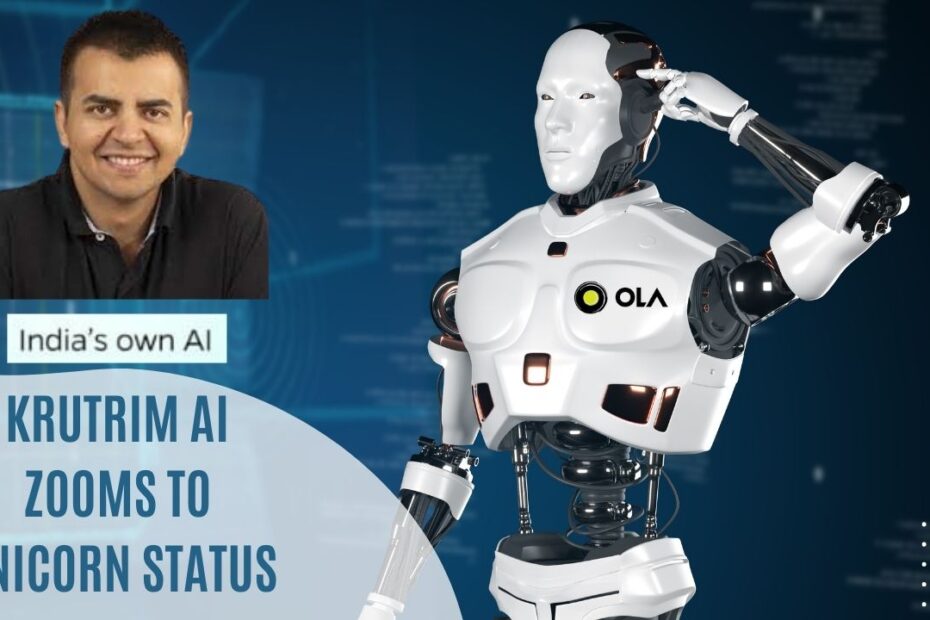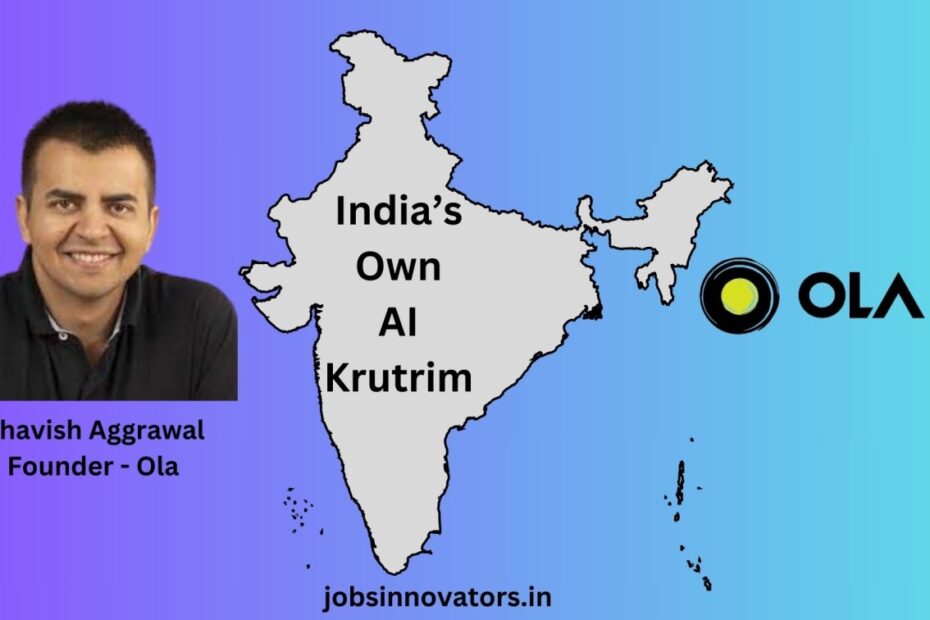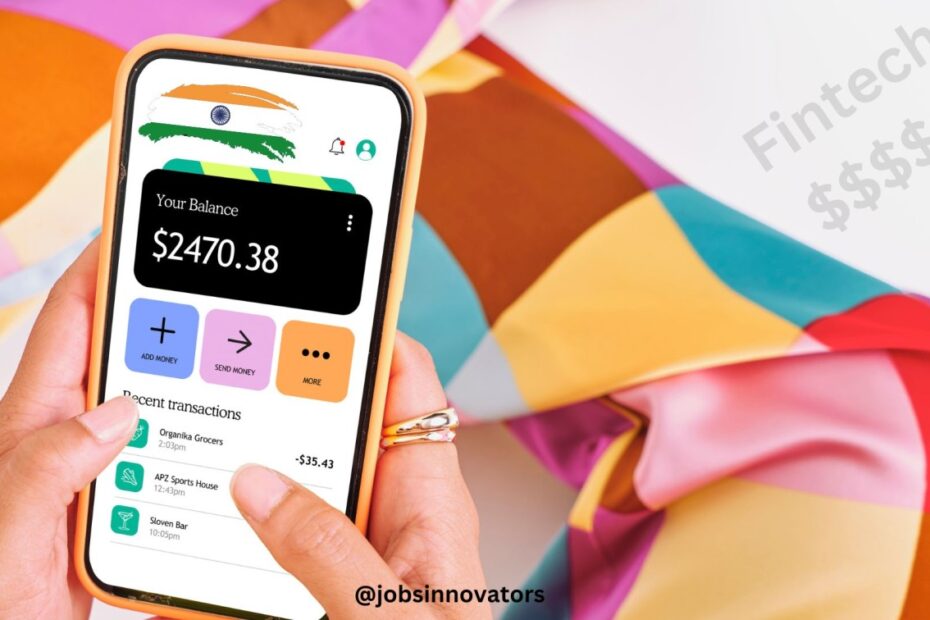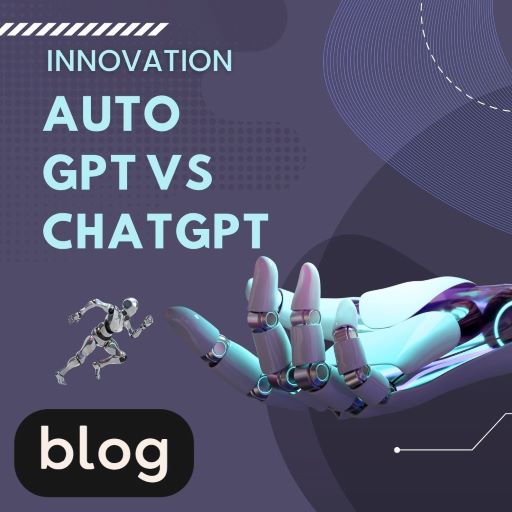Will Robots Steal Your Job? The Negative Impact of AI on Employment
Artificial intelligence (AI) is rapidly transforming industries, from healthcare and finance to manufacturing and customer service. While the potential benefits are vast, concerns are mounting about the negative impact of AI on employment. This article… Will Robots Steal Your Job? The Negative Impact of AI on Employment









